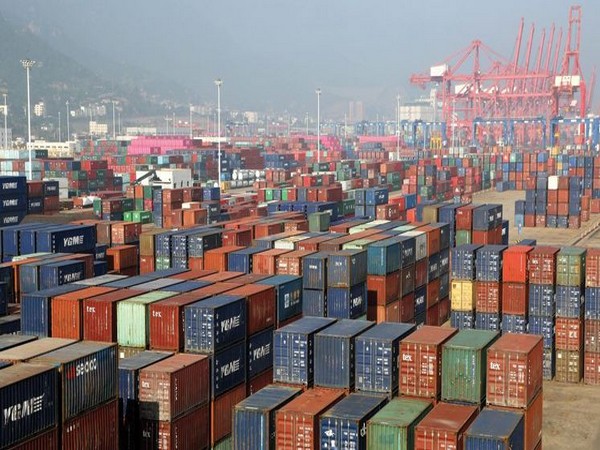New Delhi : India’s trade deficit with the Association of Southeast Asian Nations (ASEAN) has surged, more than doubling since the implementation of the Free Trade Agreement (FTA) in 2010.
According to figures released by the Ministry of Commerce and Industry, India’s exports to ASEAN member countries stood at USD 25,627.89 million in the year 2010-11, while imports from these nations amounted to USD 30,607.96 million.
However, the situation has deteriorated significantly over the past decade, with the deficit expanding at an alarming rate.
In the fiscal year 2022-2023, India’s exports to ASEAN countries were posted at USD 44,000. 42 million, but imports surged far ahead at USD 87,577.42 million during the same period.
This surge in imports not only eroded the gains from increased exports but also exacerbated the trade deficit, raising concerns among policymakers and economists.
The trend continued into the fiscal year FY 2023-24 as well, available data from April 2023 to January 2024 painting a grim picture. India’s exports to ASEAN amounted to USD 32,713.01 million during this period.
However, imports were recorded at USD 68,550.60 million.
The growth in imports from ASEAN countries has outpaced India’s export performance, raising concerns about the widening trade deficit and the need for a comprehensive examination of the underlying factors contributing to this disparity.
Since the inception of the Free Trade Agreement (FTA) between India and ASEAN in 2010, bilateral trade has steadily expanded, reaching USD 131.58 billion in the fiscal year 2022-23, but trade deficit also expanded in favour of ASEAN countries.
The ongoing review of the ASEAN-India Trade in Goods Agreement (AITIGA) aims to further enhance trade ties between the two regions in a balanced and sustainable manner, with both sides aiming to conclude the review by 2025.
The discrepancy in trade performance can be attributed to various factors, including India’s import policy evolution and tariff structures.
India’s transition from a restrictive trade policy regime to a more liberalized framework since 1991 has significantly influenced trade dynamics, leading to a surge in imports, particularly intermediate inputs.
Expert says, Import tariff rates have undergone fluctuations over the years, with the introduction of the Goods and Services Tax (GST) in 2017 marking a milestone in trade policy reforms.
While India has taken steps to streamline trade procedures and correct certain inversion of duties, challenges persist in achieving a more balanced trade relationship with ASEAN.
The need for continued efforts to enhance export competitiveness, diversify export baskets, and address structural constraints in key sectors is paramount to narrowing the trade gap.
Furthermore, the evolving global economic landscape and geopolitical dynamics necessitate a proactive approach towards fostering mutually beneficial trade relations between India and ASEAN.
Collaborative initiatives aimed at promoting trade facilitation, enhancing market access, and fostering innovation and technology exchange are essential to harnessing the full potential of the India-ASEAN partnership.
While India’s trade with ASEAN has witnessed significant growth, the persistent trade imbalance underscores the imperative for concerted efforts to foster a more equitable and sustainable trade ecosystem between the two regions.
Addressing the underlying structural challenges and leveraging opportunities for collaboration and mutual benefit will be pivotal in charting a path towards greater economic integration and prosperity.
(With inputs from ANI)












